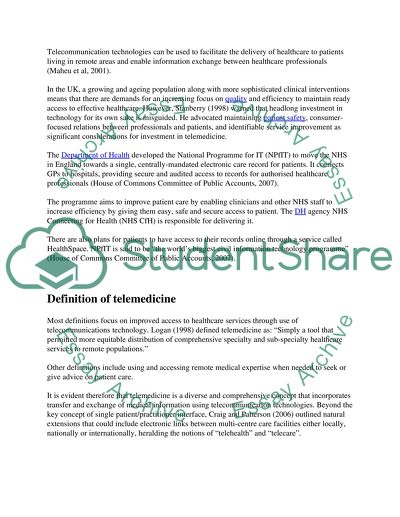Cite this document
(“The advantage of Telemedicine and outweigh its shortcomings discuss Essay”, n.d.)
Retrieved from https://studentshare.org/health-sciences-medicine/1430291-the-advantage-of-telemedicine-and-outweigh-its
Retrieved from https://studentshare.org/health-sciences-medicine/1430291-the-advantage-of-telemedicine-and-outweigh-its
(The Advantage of Telemedicine and Outweigh Its Shortcomings Discuss Essay)
https://studentshare.org/health-sciences-medicine/1430291-the-advantage-of-telemedicine-and-outweigh-its.
https://studentshare.org/health-sciences-medicine/1430291-the-advantage-of-telemedicine-and-outweigh-its.
“The Advantage of Telemedicine and Outweigh Its Shortcomings Discuss Essay”, n.d. https://studentshare.org/health-sciences-medicine/1430291-the-advantage-of-telemedicine-and-outweigh-its.


